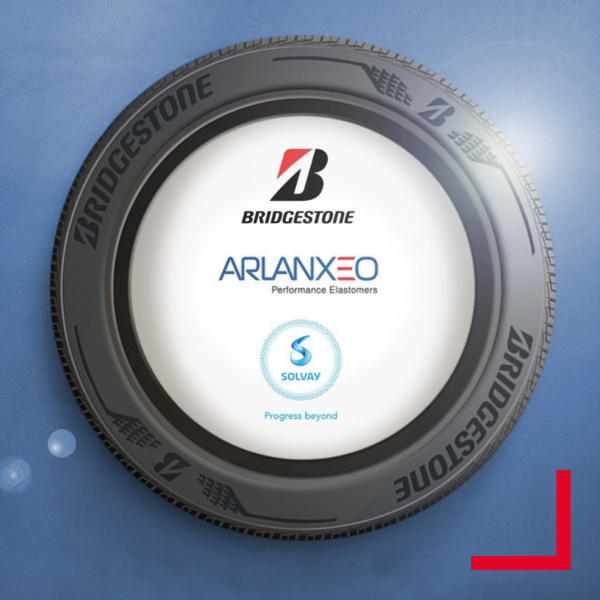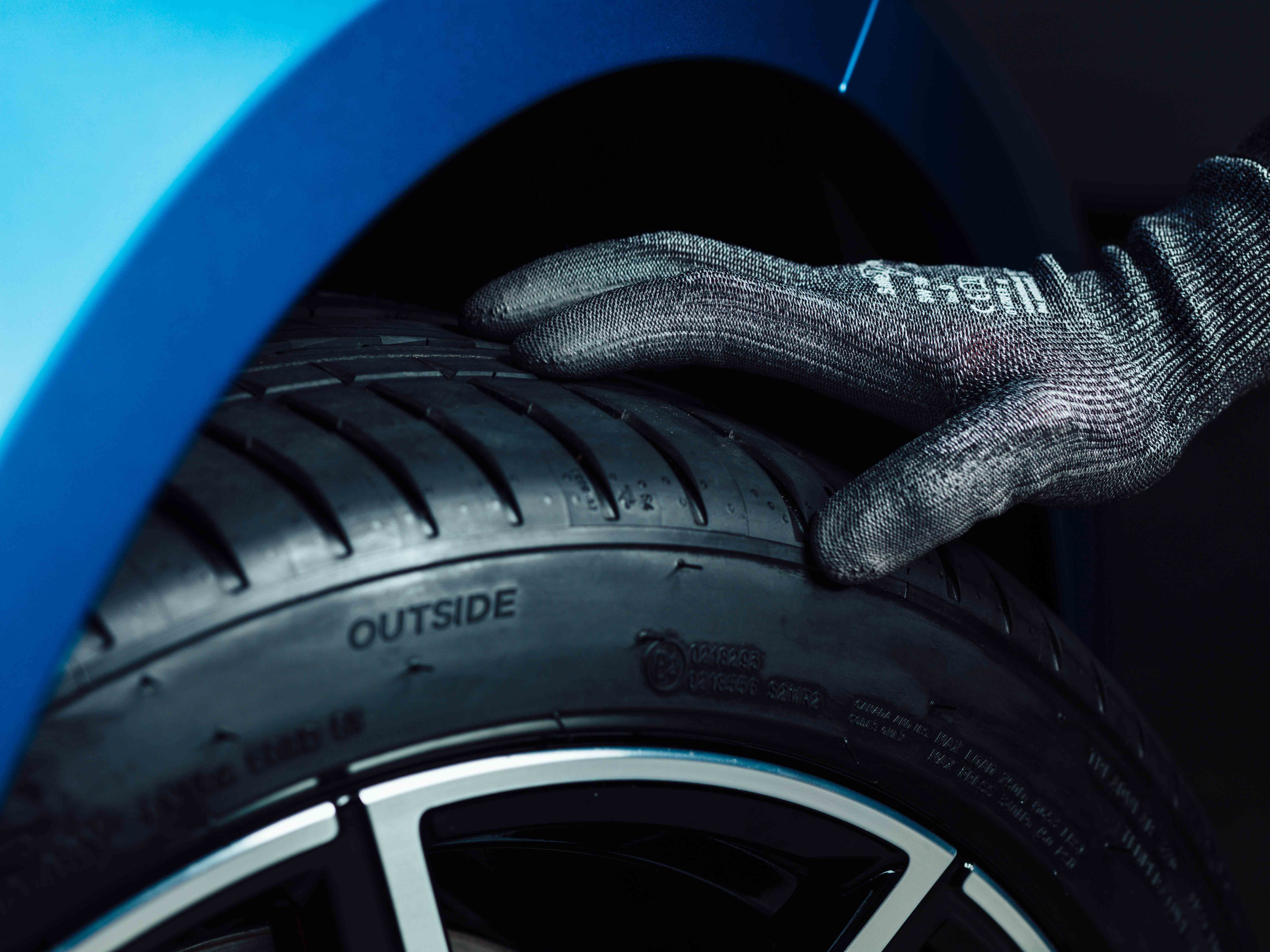
Techsyn - what happens when three great companies work as one
Award-winning TECHSYN is unlocking a new era of sustainable mobility. The product of a unique collaboration between Bridgestone, Solvay and ARLANXEO, TECHSYN combines chemically optimized synthetic rubber with tailormade silica, interacting at a molecular level, to deliver outstanding performance with no trade-offs. It is used to create tires with up to 30% better wear efficiency and a rolling resistance that is reduced by up to 6% compared to other conventional Bridgestone EMIA summer products, without compromising on other performance areas. TECHSYN reduces overall fuel consumption and CO2 emissions , enhances tread mileage and cuts raw material consumption.
We spoke to one of the project leads, Raffaele di Ronza, R&D Open Innovation Expert at Bridgestone, to find out more about how the three-way partnership was able to bring TECHSYN to fruition in just 24 months. Bridgestone has always seen innovation as part of its mission and core values ( i.e. foundations) together with having a creative pioneering spirit. Bridgestone has expertise in rubber and in tires but they are great believers in innovating with partners who bring new expertise and technologies to the table. The combination of skills allows them to do even greater things.

Bridgestone knew the goals were ambitious – they wanted to significantly increase wear life in this new breed of tires so collaboration was a must to succeed in a short timeframe. Raffaele explained that Bridgestone selected ARLANXEO to be their partner for this project because of their expertise in polymers. The two companies had a long history of working together with trust and a common belief in the power of collaboration in such projects.
But the TECHSYN project was even more challenging than those of the past and they realised that they were going to need to draw on additional expertise. At that point they invited Solvay to join them as experts in silica and so the three-parties collaboration began.
Rather than have them work independently, the breakthrough decision was to have all three companies working side-by-side from the outset. Raffaele explains “the challenge was to identify what were the right materials, and the right combination of materials that would allow us to meet our targets. We were not doing this individually but together as a team, brainstorming, hypothesising and thinking jointly about the problem. Each partner brought a different perspective, different experience and different knowledge and so each step of the process increased our collective knowledge and enriched the next step of the discussion. This allowed us to make one single big process rather than three smaller processes running in parallel that we would then have to work out how to combine. Making a common stream was the key to the success of the project.”

“What really helped us was having clearly defined ‘rules of the game’. So when we were talking together we understood that we were working towards a common goal, but we also understood that we were three independent companies. We needed to be open with each other and we needed to understand, and respect, that there were certain boundaries which we defined at the outset. Face-to-face meetings were at that time the best way to understand each other in such a way, and then start working and coordinating together during workshop sessions.
Interestingly, the actual practical work was done separately, by each lab at its own location. “We would then hold team meetings where we reviewed the progress and results from each lab and decide how to proceed. What made this process work was the fact that we had established and agreed a common language and parameters regarding testing and data at the beginning so this allowed the three labs to work together from separate locations.”
“What really helped us was having clearly defined ‘rules of the game’.

But in addition to the lab work it was essential to link in the respective commercial teams. The new technology needed to be validated economically and so input was needed from both procurement and sales teams aswell. “Structurally we created what we called the Core Team, that is a team that met most frequently to carry out the majority of the work. We also created what we called a Steering Committee which met less frequently. This committee had senior representatives from the three companies, along with one technical and one commercial representative from each. It was the Steering Committee that took the big decisions, looking together at the project from every angle to ensure that it was on track to hit its technical and commercial goals.”
Raffaele is very clear that this ability of the three companies to work together as a single team was critical. “Even COVID-19 didn’t disrupt this process. The fact that we had the face-to-face meetings at the workshops during the early stages of the project proved invaluable. The relationships that we established then proved to be so strong, the sense of teamwork so shared, that we were able to work successfully through the second stage of the project when the pandemic was causing so many logistical problems.”
Indeed, the success of TECHSYN confirmed that the sustainable future of mobility we strive for cannot be achieved in isolation – but only through partnership, collaboration and co-creation.